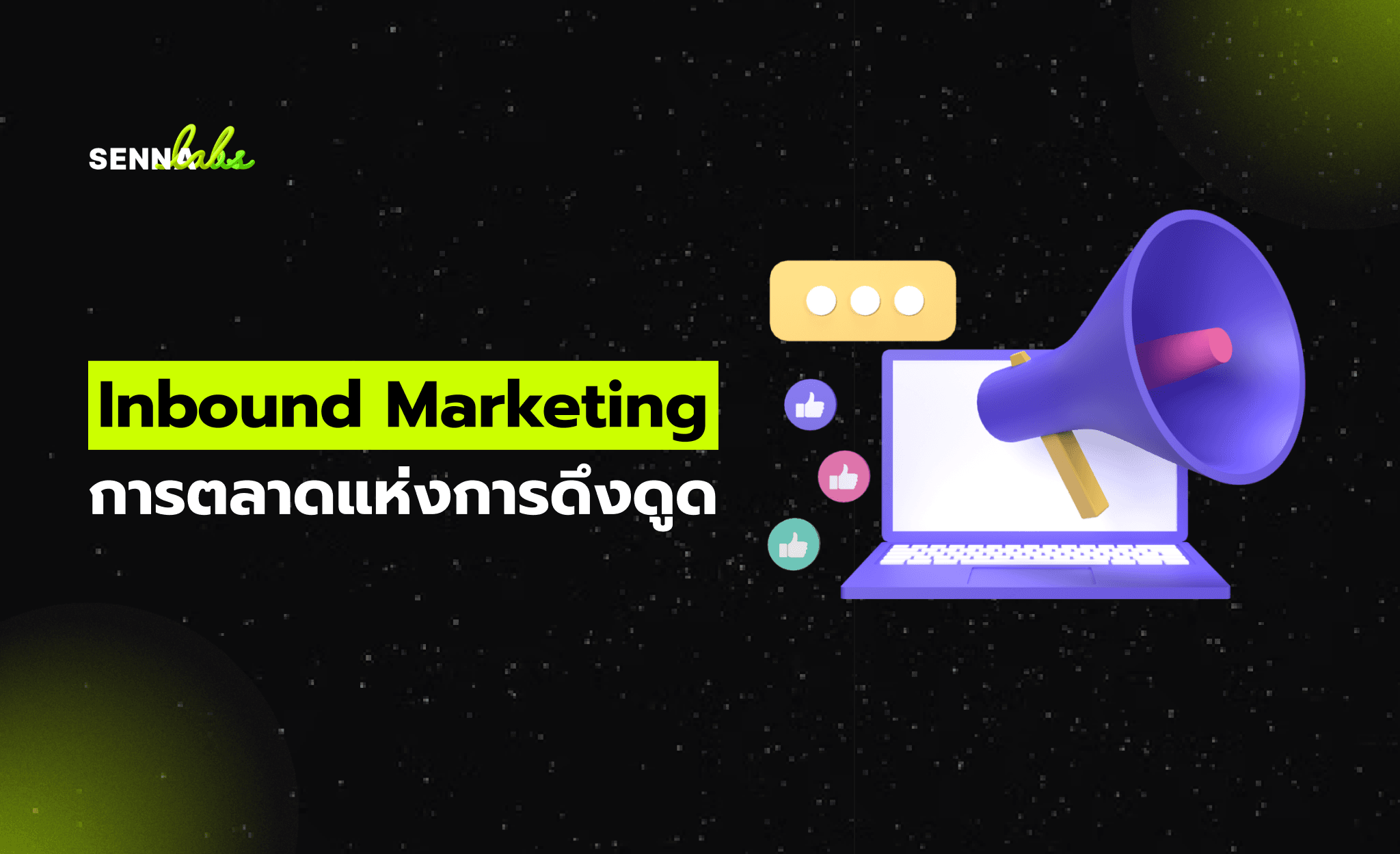Heading Structures Matter—AI Makes Content Easier for Google to Read

When it comes to SEO, content is king—but structure is its throne. A well-structured article or page not only guides human readers smoothly through your content, but it also helps Google’s crawlers understand what your content is about. That’s where heading tags (H1, H2, H3, etc.) come into play.
In 2025, heading structure plays a crucial role in how content is indexed, featured, and ranked. And now, AI tools can take the guesswork out of formatting. By analyzing the logic and flow of your content, AI can detect weak heading structures and suggest optimized formats that improve both readability and SEO.
In this article, we’ll explore why heading structures matter, how AI transforms content organization, and how a health blog used AI to secure more visibility through featured snippets.

What Are Heading Tags?
HTML heading tags define the titles and subtitles of content. They help readers scan content and allow search engines to determine what your page is about.
Common Tags:
-
H1: The main topic of the page (used once)
-
H2: Subtopics or main sections
-
H3: Subsections or details under each H2
-
H4–H6: Nested details or further layers (rarely used unless necessary)
Proper use of heading tags ensures a logical content hierarchy—much like an outline or table of contents.
Why Heading Structures Matter for SEO
1. Content Clarity for Crawlers
Google reads heading tags to understand the main themes of your content. Clean, hierarchical headings help the algorithm categorize content accurately.
2. Eligibility for Featured Snippets
Structured content with clearly labeled sections is more likely to be pulled into featured snippets—those expanded answer boxes at the top of search results.
3. Improved Accessibility
Screen readers and assistive technologies use heading tags to help users navigate. Better accessibility = better usability and broader reach.
4. User Engagement
Humans scan before they read. Good heading structures help readers find what they’re looking for fast, reducing bounce rate and increasing time on site.
Common Heading Mistakes
-
Using multiple H1s on a single page
-
Skipping levels (e.g., jumping from H1 to H4)
-
Using headings for style only (bolded text with no semantic value)
-
Overusing keywords in headings
-
Lack of structure—no clear topic flow
These mistakes confuse both users and bots, hurting performance even if the content is high quality.
How AI Analyzes and Optimizes Heading Structures
AI tools use Natural Language Processing (NLP) and content mapping algorithms to:
1. Scan Hierarchy
AI identifies the current heading structure and detects gaps, duplications, or skipped levels.
2. Suggest Semantic Grouping
AI understands the content beneath each heading and suggests more accurate, topic-aligned labels.
3. Balance Keywords and Context
It helps rephrase headings to include relevant keywords without sounding forced or repetitive.
4. Generate Summaries
AI can auto-generate a table of contents or summary section based on heading flow—useful for UX and SEO alike.
5. Optimize for Voice Search
Clear heading structures improve how voice assistants interpret and respond to content queries.
Real Case: Health Blog Boosts Snippet Wins with AI Headings
A health and wellness blog was publishing in-depth, high-quality articles on topics like sleep hygiene, mental health, and fitness. However, many articles weren’t appearing in featured snippets, despite having solid keyword research and strong backlink profiles.
AI Intervention:
-
Analyzed 150+ blog posts for heading flow and hierarchy
-
Identified inconsistencies like multiple H1s and overly long H2s
-
Recommended restructuring to follow a question-based H2 format (e.g., “What Causes Poor Sleep?”)
-
Suggested keyword-enhanced headings that aligned with voice and snippet queries
Results:
-
Featured snippets gained for 12 key articles within six weeks
-
CTR increased by 21% on restructured articles
-
Average scroll depth improved, showing better engagement with content
-
The blog’s domain saw stronger crawl depth and index coverage via Search Console
By simply restructuring the content’s skeleton, the site gained more visibility—without publishing a single new article.
Best Practices for SEO-Friendly Heading Structures
-
Use one H1 tag per page (the page’s primary topic)
-
Structure subsections logically using H2 and H3 tags
-
Make headings descriptive, clear, and concise
-
Include relevant keywords, but naturally
-
Avoid using headings purely for visual styling
Conclusion: Structure Is Strategy
Your content may be valuable, but without structure, it's hard for users—or search engines—to appreciate it. Clean, logical heading hierarchies help you rank better, improve accessibility, and win more featured snippets.
With AI, this process becomes faster, smarter, and scalable. Whether you're auditing existing content or creating new landing pages, heading optimization is a quick win with long-term SEO benefits.


Subscribe to follow product news, latest in technology, solutions, and updates
Other articles for you



Let’s build digital products that are simply awesome !
We will get back to you within 24 hours!Go to contact us Please tell us your ideas.
Please tell us your ideas.







